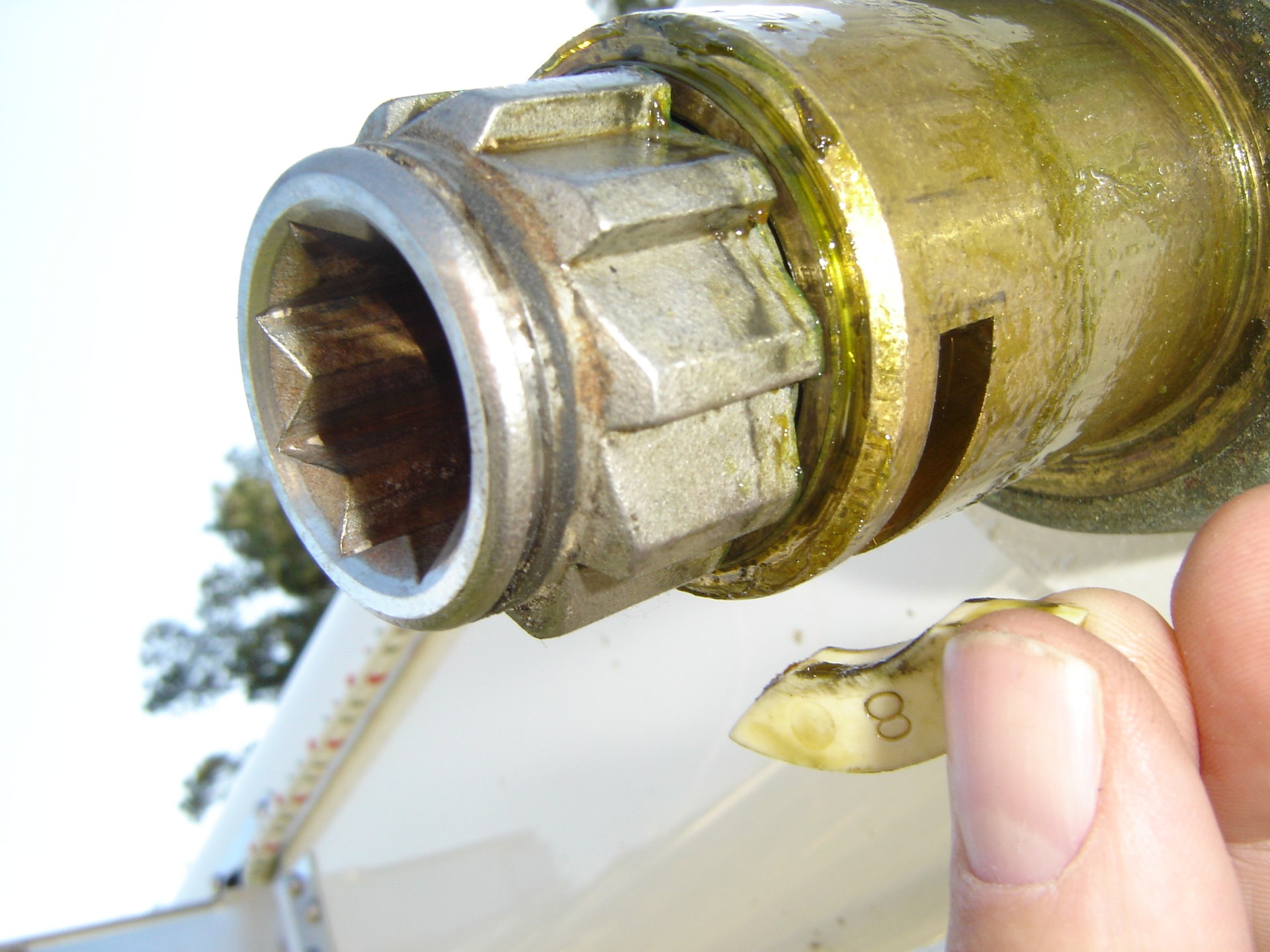One golden rule of boat safety is "never lift anything heavy". One version of this rule is "never lift what you can drag, never drag what you can roll, never roll what you can leave". See Jan Adkins' Moving Heavy Things for classical advice on avoiding heavy lifting.
On a sailboat, we use winches. From one point of view, a winch is a scary clockwork mechanism with moving parts and springs and pawls and things that could get lost or break. From another point of view, it's just a few large, heavy, simple gears and a couple of small springs. They're essential safety equipment, so they're a bit scary.
As sailors. we have to watch carefully what we're pulling on. A sail (or an anchor) under load from wind and current can be generating a surprising amount of force. Red Ranger has about a dozen winches. We have four kinds, and all need to be cleaned periodically. A winch is already scary; multiply the fear factor by 12.
Books by Casey (This Old Boat) and Calder (Boatowner's Mechanical and Electrical Manual) provide sage advice on rebuilding a winch. Mostly, they point out that (1) it's not that scary, (2) take your time and (3) take careful notes.
There's a "circlip" and a cover plate that come off. There are two pawls (and associated springs) on the drive shaft. This makes the winch go one way only when turned by the crank.
The pawls aren't secured by much. If you're really clumsy, they (and their tiny springs) can be knocked loose. So far, I only lost one pawl spring. The Lewmar rebuild kits, however, have two pawls and four springs, since mostly, you loose the spring.
With the circlip gone, the drum simply lifts off. Exposing the drive shaft. For two-speed winches, there's an extra set of gears. For one-speed winches, this is almost the end of the process.
The drive shaft is held in place with a small key that fits into a groove cut into the shaft. Once the key is removed the shaft lifts out nicely.
Ours were caked with gritty old grease. Soaking in kerosene wasn't enough. They had to be brushed clean and wiped with rags to get the grit off. I don't think they'd ever been cleaned.
This second set of gears have their own internal pawls. These are two gears with a separate, small, drive-shaft. These pawls are oriented the opposite way from the top pawls. Turning the crank one way simply engages the top pawls and turns the drum. Turning the crank the opposite way engages these pawls and uses the gears to get some mechanical advantage.
These gears were also caked with grit, old grease and what appeared to be flakes of paint from when the mast was repainted.
Taking the sequence of pictures made it easy to reassemble the winch correctly with new grease. Actually looking at the pictures wasn't really necessary. What was helpful was the mental effort to stop and take the picture and think about what was going on.
Right now, it takes me about an hour to clean and rebuild a winch. Once the old grease is gone, I think these can be rebuilt in a few minutes. That makes it sensible to rinse out salt residue.
So they're not so scary, even when multiplied by 12.






